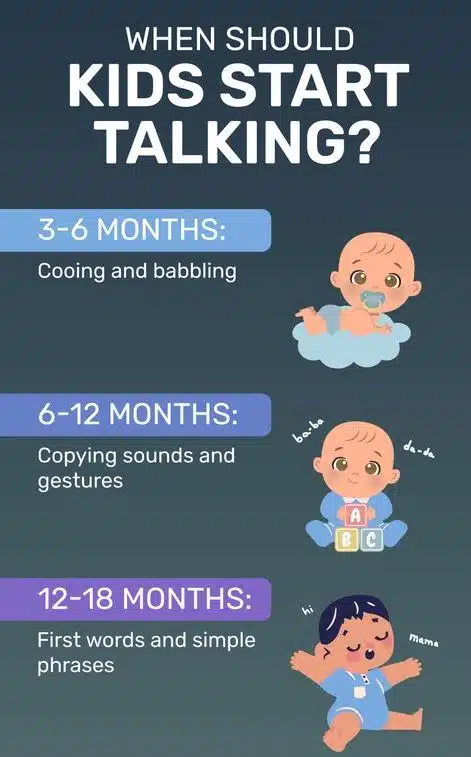The sensorimotor stage is the first stage of development for kids. It happens from birth to around 2 years old. During this time, kids learn about the world through their senses and movements, like looking, listening, and grasping objects. They also understand that things still exist even when out of sight.














